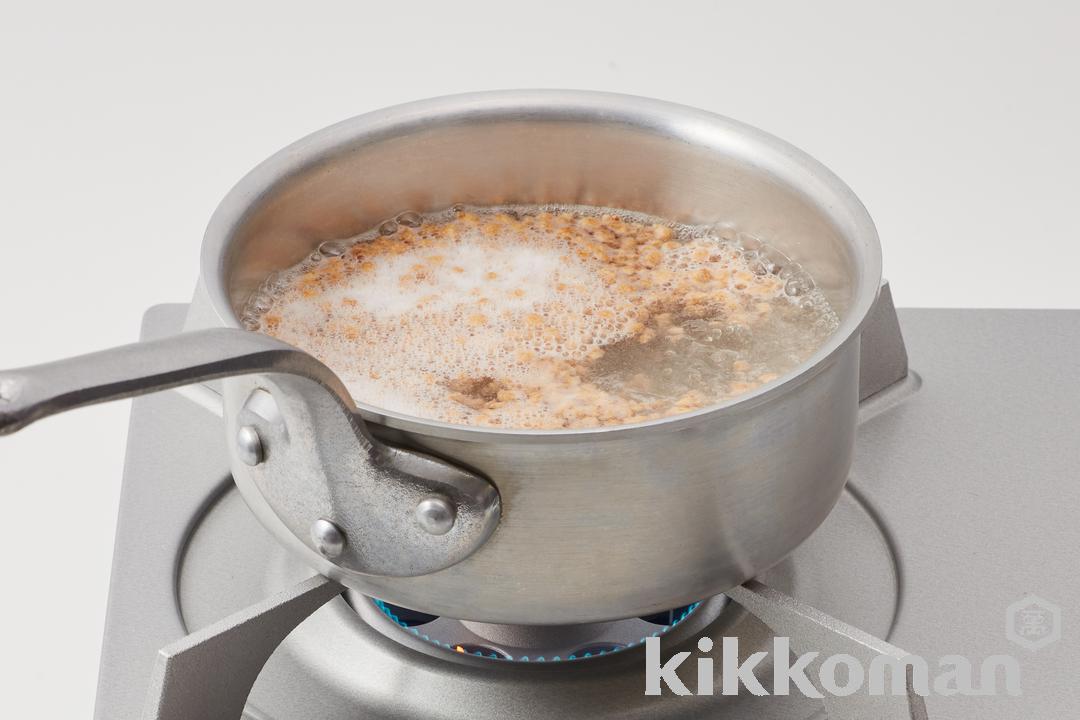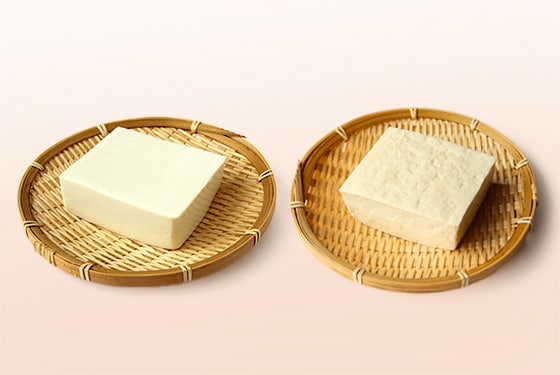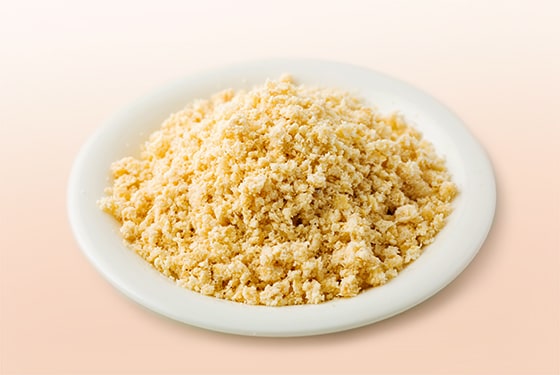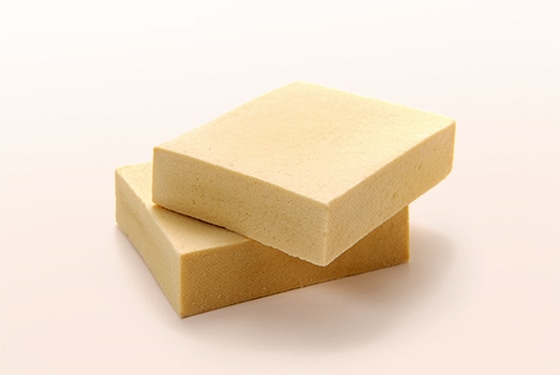
A soybean processed food that can be used as a meat substitute that is gaining popularity among health-conscious individuals.
What is soymeat?
Soymeat (大豆ミート in Japanese) is a food made from soybeans without using beef, pork, chicken, and other livestock meats. It is the mainstream among plant-based meats, which are meat substitutes. Soymeat is rich in plant-based protein and dietary fiber, and is low in fat and calories compared to real meat. Therefore, more people are choosing to eat soymeat even if they are not vegetarian or vegan.
There are dried, ready-to-use, and frozen types of soymeat, the most common being the dried type, which has a long shelf life. The ready-to-use and frozen types do not need to be rehydrated with water, so they can be used as is.
Soymeat is available in minced, sliced and block types. The minced type can be used as a substitute for minced meat in dishes such as hamburger steaks and meat sauce. The sliced type is suitable for ginger pork (shogayaki) and stir-fries. The block type is recommended for fried foods, curries, cream stews, etc.
Nutrition facts
Soymeat is rich in high-quality protein and is lower in fat than animal protein. As it has zero cholesterol, soymeat is expected to be effective in preventing heart disease and obesity. Soybeans, the main ingredient of soymeat, contain many nutrients. For example, it is rich in dietary fiber that improves the intestinal environment and aids digestion. In addition, it contains calcium, potassium, iron, zinc, and vitamin E, which help prevent anemia and maintain bone health.
Soymeat is also rich in isoflavones, which have a female hormone-like effect that helps prevent osteoporosis and regulate hormone balance. When combined with foods containing vitamin C, soymeat promotes the production of collagen, which makes up the connective tissue of the skin and bones, and also increases the absorption of iron.
Storage to prevent food loss
Dried soymeat can be stored at room temperature for about six months to a year. The ready-to-use type can be stored unopened at room temperature for about six months to a year from the date of its manufacture. The frozen type can be stored frozen for one to three months. Once the frozen type has been thawed, it should not be re-frozen, but stored in the refrigerator and used up as soon as possible.
Trivia
In recent years, the market for soymeat has expanded due to environmental and health concerns. The number of processed foods and restaurant menus using soymeat has also increased, such as in hamburger patties, taco and nacho fillings, fried chicken, and spaghetti meat sauce.


Cooking Basics
1. Use hot water

Use hot water to rehydrate for the amount of time indicated on the product package. Rehydrating can be done by both simmering in a pot and by soaking in hot water, and time for rehydration depends on both the product and the product form. Once rehydrated in hot water the amount will increase by about 3-fold.
2. Squeeze

Once rehydrated for the indicated time, place into cold water and rinse well, then thoroughly squeeze out excess moisture. Doing so will also remove excess odor.
Related Recipes
30min
457kcal
1000mg













